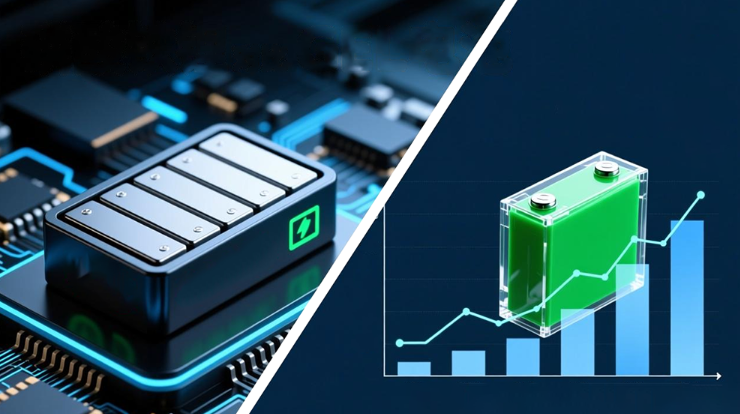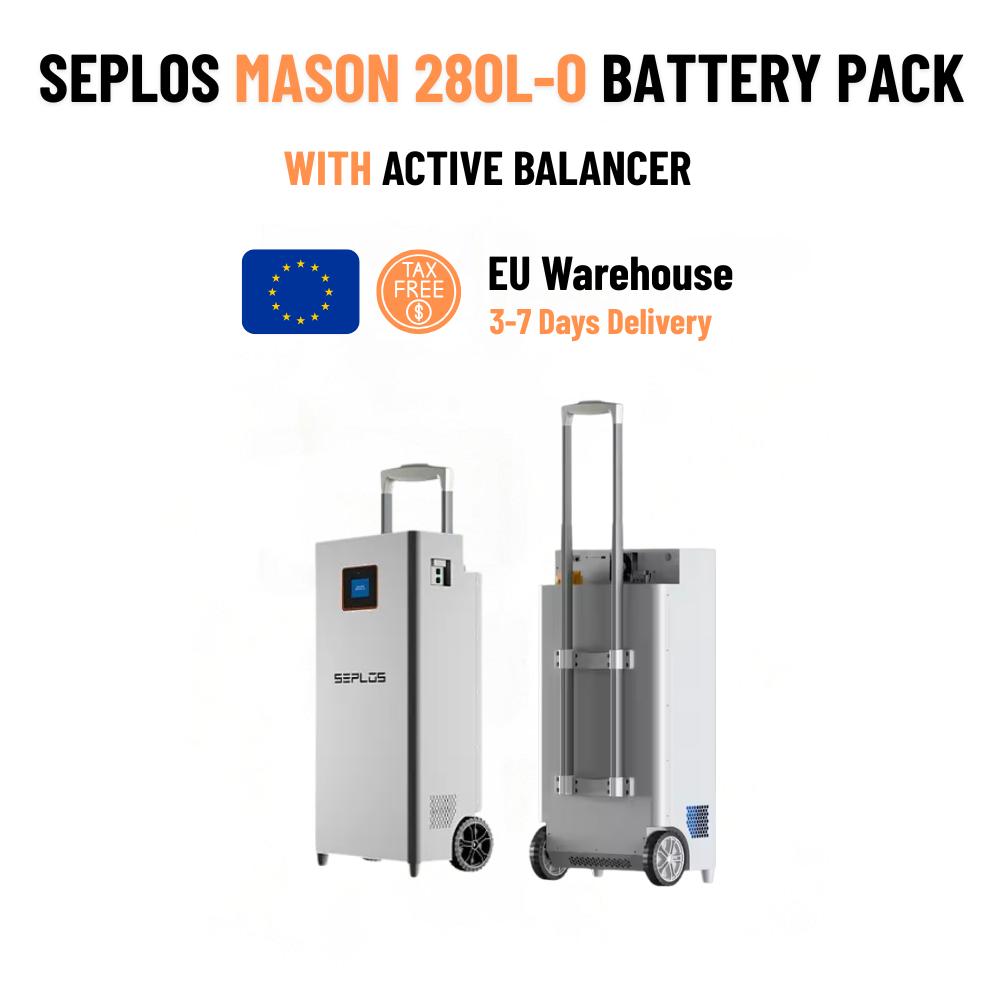
LiFePO4 vs GEL Batteries: Making the Right Choice for Your Energy Storage Needs
LiFePO4 vs GEL Batteries: Making the Right Choice for Your Energy Storage Needs
Selecting the optimal battery technology represents one of the most crucial decisions when designing energy storage systems for residential, commercial, or mobile applications. The contemporary marketplace predominantly features two prominent technologies: advanced Lithium Iron Phosphate (LiFePO4) batteries and traditional GEL lead-acid batteries. While both serve energy storage purposes, their operational characteristics, economic considerations, and performance profiles differ substantially.
This comprehensive technical analysis examines these two battery technologies across multiple dimensions, providing actionable insights to guide your selection process for solar installations, backup power systems, and mobile applications.
Fundamental Technology Comparison
The core distinction between these technologies lies in their electrochemical composition and operational principles:
LiFePO4 (Lithium Iron Phosphate)
- Utilizes lithium-ion technology with iron phosphate cathode material
- Represents advanced energy storage with superior energy density
- Incorporates sophisticated battery management systems (BMS)
- Delivers enhanced cycle efficiency and prolonged operational lifespan
GEL Batteries
- Advanced valve-regulated lead-acid (VRLA) technology
- Features silica-based electrolyte in gel form, preventing leakage
- Maintenance-free operation with recombinant gas technology
- Established, well-understood lead-acid chemistry
The technological relationship resembles comparing modern electric vehicles with traditional combustion engines: LiFePO4 offers precision efficiency and longevity, while GEL provides straightforward reliability at lower initial investment.
Lifespan and Durability Analysis
Long-term performance represents perhaps the most significant differentiator between these technologies:
LiFePO4 Lifespan Characteristics
- Cycle life: 2,000 - 7,000+ complete charge/discharge cycles
- Service life: Typically 8-12 years in regular use
- Capacity retention: Maintains >80% capacity through most of lifespan
- Degradation pattern: Gradual capacity reduction over thousands of cycles
GEL Battery Lifespan Profile
- Cycle life: 500 - 1,500 cycles under ideal conditions
- Service life: Generally 2-5 years with regular use
- Capacity degradation: Accelerated decline after approximately 300 cycles
- Failure mode: Sudden performance drop often without warning
The longevity advantage of LiFePO4 technology becomes particularly evident in applications requiring daily cycling, where a single LiFePO4 battery typically outlasts multiple GEL replacements.
Safety Performance Evaluation
Both technologies offer distinct safety advantages:
LiFePO4 Safety Features
- Inherently stable chemistry resistant to thermal runaway
- Superior thermal stability (withstands temperatures to 60°C)
- Integrated BMS provides protection against overcharge, deep discharge, and short circuits
- Minimal off-gassing during normal operation
GEL Battery Safety Considerations
- Sealed construction prevents acid leakage
- Recombinant technology minimizes water loss
- Vulnerable to permanent damage from overcharging
- Potential for swelling and capacity loss from improper charging
While both technologies demonstrate good safety records, LiFePO4's chemical stability combined with electronic protection systems provides comprehensive safety assurance.
Application-Specific Performance
Solar Energy Storage Applications
LiFePO4 advantages for solar:
- 95-98% round-trip efficiency versus 80-85% for GEL
- Capability for 80-100% depth of discharge without damage
- Superior cycle life matches daily charging/discharging requirements
- Reduced energy loss maximizes solar utilization
GEL limitations for solar:
- Recommended maximum 50% depth of discharge for longevity
- Lower efficiency reduces overall system effectiveness
- Frequent replacement increases long-term costs
Marine and RV Applications
LiFePO4 benefits:
- 70% weight reduction for equivalent capacity
- Compact dimensions increase installation flexibility
- Minimal voltage sag under high loads
- Consistent performance throughout discharge cycle
GEL challenges:
- Significant weight and volume constraints
- Voltage drop under high loads affects performance
- Limited usable capacity due to depth of discharge restrictions
Economic Considerations
Initial Investment
- GEL batteries: Lower upfront cost per Ah
-
LiFePO4 batteries: Higher initial purchase price
Total Cost of Ownership
- LiFePO4: Higher initial investment offset by extended service life
- GEL: Lower purchase price but multiple replacements required
- Example calculation: $500 GEL battery replaced 3 times versus $1,200 LiFePO4 lasting equivalent period
Operational Economics
- LiFePO4: Reduced energy loss saves 10-15% on electricity costs
-
GEL: Higher internal resistance increases operational expenses
Environmental and Temperature Performance
Temperature Tolerance
LiFePO4 performance:
- Optimal operation: -20°C to 55°C
- Charging limitation: Below 0°C requires protection systems
- High-temperature performance: Superior to most battery technologies
GEL battery characteristics:
- Wide operating range: -40°C to 60°C
- Temperature sensitivity: Capacity reduced at low temperatures
- Lifetime impact: High temperatures significantly reduce lifespan
Environmental Considerations
- LiFePO4: Non-toxic materials, higher recyclability
- GEL: Lead content requires specialized recycling
- Energy efficiency: LiFePO4's superior efficiency reduces carbon footprint
Selection Guidelines
Choose LiFePO4 When:
- Long-term reliability and lifespan are priorities
- Weight and space constraints exist (RVs, marine applications)
- Daily cycling occurs (solar energy systems)
- High efficiency reduces operational costs
- Total cost of ownership matters more than initial price
Consider GEL Batteries When:
- Initial budget constraints dominate decision-making
- Infrequent, emergency-only usage anticipated
- Existing charging infrastructure supports lead-acid chemistry
- Application involves well-understood, simple technology
Transitioning Between Technologies
Replacing GEL batteries with LiFePO4 requires consideration of:
- Charging system compatibility with lithium chemistry
- Voltage profile differences affecting system operation
- Potential need for charging parameter adjustments
- Possible requirement for battery management system integration
Modern VnicePower LiFePO4 solutions available at https://vnicepower.store/ incorporate adaptive BMS technology that facilitates straightforward migration from legacy lead-acid systems while maximizing performance advantages.
Future Outlook
While GEL batteries maintain relevance in specific cost-sensitive applications, LiFePO4 technology continues to dominate new energy storage installations across residential, commercial, and mobile sectors. Ongoing manufacturing improvements and economies of scale are further reducing the price differential while maintaining LiFePO4's performance advantages.
For most contemporary energy storage applications—particularly solar integration, frequent cycling, and weight-sensitive installations—LiFePO4 represents the technically superior and economically sound choice for long-term energy storage requirements.

